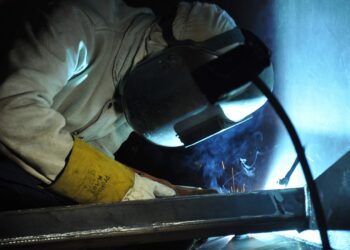In Central and Eastern Europe (CEE), a quiet agricultural revolution is taking place with the revival of ancient grains. This movement, part of a broader shift towards sustainable agriculture, is rediscovering and reintroducing traditional crops such as spelt, einkorn, and emmer wheat. These grains, once staples of the region’s diet, had largely fallen out of favour in the post-war period due to the rise of high-yield, commercially viable crops. Today, they are being embraced again for their nutritional benefits, environmental resilience, and cultural significance.
The revival of ancient grains in countries like Poland, Hungary, and Czechia is driven by a growing interest in healthy, organic foods. These grains are known for their rich nutritional profiles, being high in fibre, protein, and essential minerals, and they often have a lower gluten content than modern wheat varieties, making them appealing to health-conscious consumers.
In Poland, the cultivation of ancient grains is part of a wider initiative to promote biodiversity and sustainable farming practices. Small-scale Polish farmers are leading the way, often using organic methods to grow these grains. The resurgence is supported by cooperatives and local organisations that help farmers access markets and promote these grains to consumers.
Hungary, with its rich agricultural heritage, is also seeing a resurgence in ancient grains. Hungarian farmers are rediscovering traditional varieties of wheat, alongside other ancient crops like millet and buckwheat. These grains are well-suited to Hungary’s climate and soil conditions, offering a sustainable alternative to more resource-intensive modern agriculture.
Czechia’s interest in ancient grains is linked to a growing awareness of sustainable food systems and a desire to preserve the country’s agricultural traditions. Czech farmers and researchers are collaborating to improve the yield and quality of these grains, making them more competitive with conventional crops.
One of the key challenges in reviving ancient grains is the need to develop supply chains and market infrastructure. These grains often require different processing and milling techniques compared to modern wheat, necessitating investment in specialised equipment. Moreover, educating consumers about the benefits of ancient grains and incorporating them into modern diets are essential for growing demand.
The environmental benefits of cultivating ancient grains are significant. These crops are often more resilient to pests, diseases, and extreme weather conditions, reducing the need for chemical fertilisers and pesticides. Their deep root systems help improve soil health and biodiversity, making them an ideal choice for organic and regenerative farming practices.
Restaurants and artisan bakers across CEE are also playing a role in the revival of ancient grains. Chefs are experimenting with these grains to create innovative dishes that showcase their unique flavours and textures. Artisan bakeries are introducing bread and pastries made from ancient grains, appealing to consumers seeking new taste experiences and healthier options.
The revival of ancient grains in CEE is more than just a culinary trend; it is part of a larger movement towards sustainable agriculture and food sovereignty. By reconnecting with traditional crops, CEE countries are fostering a more diverse and resilient agricultural system, one that balances economic viability with environmental stewardship and cultural preservation. As this revival gains momentum, it holds the promise of shaping a sustainable and nutritious food future for the region.






